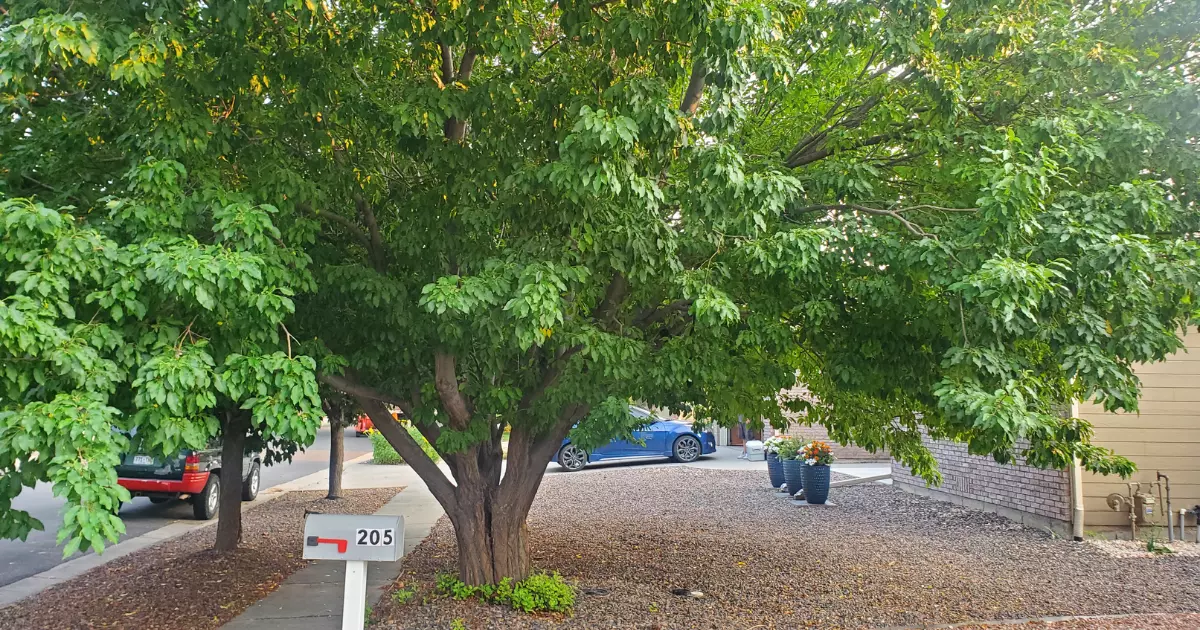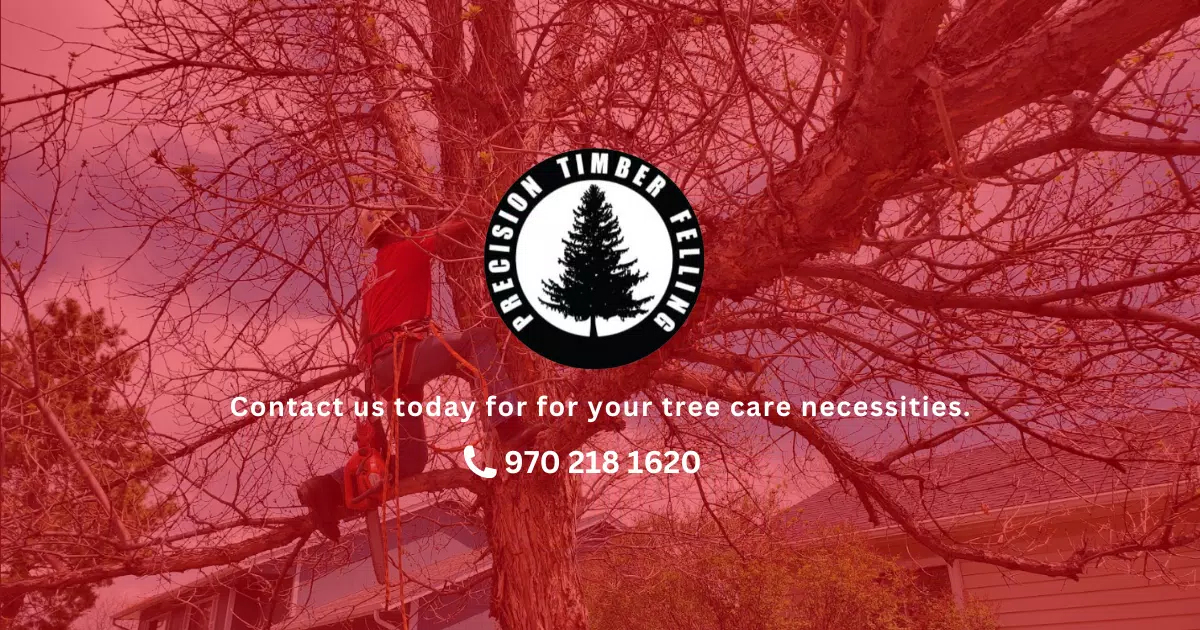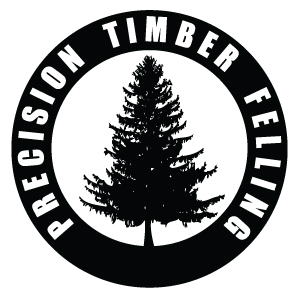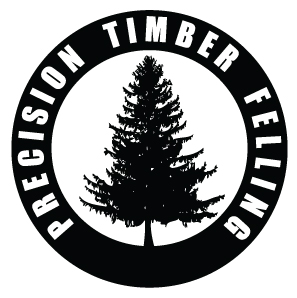Tree Pruning Magic: Boost Your Garden’s Health & Beauty
Tree pruning is an essential gardening practice that helps maintain beautiful and healthy gardens by removing dead, diseased, or broken branches from various tree species. Whether you have mature oak, elm trees, or young deciduous trees in your garden, proper pruning ensures the vitality and longevity of these natural wonders. Tree pruning caters to various needs, from promoting air circulation and preventing wind damage to addressing safety concerns and aesthetic reasons.
In this blog, we will explore the magic of tree pruning, learn how to avoid winter damage, reduce the risk of disease, create a healthy crown, and transform unruly plants into stunning, well-structured, and beautiful trees.
Why Is Tree Pruning Important?
Tree pruning is essential to maintain the health, structure, and appearance of your garden. It involves the selective removal of dead, diseased, and weak branches, allowing the tree to focus its resources on strong, healthy growth. Regular tree pruning also helps mature trees maintain a strong structure, preventing potential hazards, such as falling limbs or property damage.
Corrective pruning, a type of tree pruning, targets larger branches to promote proper tree form and growth. It’s essential to understand the tree anatomy for pruning and the best time to prune, as pruning at the wrong time can lead to the entry of disease pathogens or slow wound closure.
How Do I Effectively Prune My Trees?
To ensure effective tree pruning, it’s crucial to use the right tools and techniques. Commonly used pruning tools include pruning shears for smaller branches, pruning saws for larger limbs, and specialized pruning blades for precise cuts.
Proper techniques involve making clean, sharp cuts at the right angle, close to the tree trunk or stem collar, without damaging the vascular tissue. For larger branches, a 3-cut pruning method is recommended to prevent accidental damage to the tree trunk or the tearing of the bark.
When pruning, it’s essential to consider the size of the branches being removed. Light pruning typically involves removing branches less than 2 inches in diameter, while heavy pruning targets larger limbs, 4 inches or more in diameter. Be mindful of the tree’s needs; excessive removal of tree branches can weaken the tree and make it susceptible to diseases.
Always wear safety goggles and gloves to protect yourself from potential hazards. Additionally, ensure that you follow proper pruning times for different tree species. For example, oak trees should be pruned during their dormant season to minimize the risk of oak wilt disease. Some specific methods include crown raising, cleaning, and structural pruning.
Crown Raising and Cleaning
Crown raising involves removing lower branches to provide clearance for pedestrians or street traffic, while crown cleaning targets dead, diseased, or crossing branches to improve the tree’s overall health.

Structural Pruning
Structural pruning focuses on developing a strong tree architecture by selectively removing competing or hazardous branches.
Mastering the art and science of tree pruning is essential for maintaining a beautiful, healthy garden. By understanding the basics and using the appropriate tools and techniques, you’ll promote the growth of strong, resilient trees that will enhance the appearance and value of your property.
What are The Benefits of Tree Pruning?
Tree pruning offers numerous benefits that contribute to your trees’ well-being and enhance your property’s safety and aesthetics. In this section, we’ll explore the four primary advantages of tree pruning: enhancing tree health and growth, improving its appearance and structure, increasing safety for property and people, and boosting fruit production in fruit-bearing trees.
Enhance Tree Health and Growth
Tree pruning is essential for promoting the health and growth of landscape trees. Removing dead branches, diseased limbs, and other unwanted growth allows the remaining stem tissue to receive more nutrients and sunlight. Annual pruning during late winter or late spring helps prevent the spread of diseases and supports healthy growth in spring. Making clean cuts just outside the branch collar is important, as this helps protect the trunk tissue and promotes faster healing.
Improve Tree Appearance and Structure
A well-pruned tree exhibits a strong branch structure and a visually appealing form. Artistic pruning styles can be applied to enhance the tree’s natural shape, giving it an attractive silhouette. Proper techniques also encourage upright branches and prevent the tearing of bark, which can lead to unsightly scars on the tree. Annual maintenance helps maintain the desired appearance of your trees and keeps them looking their best throughout the year.

Increase Safety for Property and People
Dead limbs and diseased branches can pose a threat to people and property. Tree pruning helps remove these hazardous growths, reducing the risk of accidents caused by falling branches. Proper pruning can prevent branches from interfering with high-voltage wires or obstructing visibility near roads and walkways. Investing in regular tree pruning ensures your property remains safe and secure for all who visit or reside within it.
Boost Fruit Production in Fruit-Bearing Trees
Annual pruning is crucial for fruit trees, encouraging abundant and high-quality fruit production. Removing dead wood and thinning overcrowded branches allows more sunlight and air to reach the plant’s healthy tissues, promoting better fruit development. The rule of thumb for fruit trees is to prune spring-flowering trees soon after the showy flowers have faded, while the ones that bear fruit in summer should be pruned in late winter or early spring. By doing it at the proper time, you can maximize your trees’ fruit production and enjoy a bountiful harvest each year.
What Are the Different Tree Pruning Best Practices?
Identify the Optimal Time to Prune Trees
Knowing when to prune your trees is crucial to maximizing the benefits of tree pruning. Generally, winter pruning (dormant pruning) is recommended for most species, as it encourages vigorous spring growth.

However, like flowering species, some trees benefit more from summer pruning right after their bloom period. It’s important to research the specific needs of your trees to determine the best pruning approach.
Recognize the Different Types of Tree Pruning Cuts
Several common types of cuts are used in tree pruning, each serving a unique purpose. When pruning, it’s essential to understand these cuts to prevent improper pruning, which can lead to water damage, additional damage, and even diseased trees.
- Thinning Cut. It removes an entire limb or branch at its point of origin. This method is best for maintaining plant health and reducing the tree’s overall size without causing larger wounds.
- Heading Cut. A heading cut shortens branches by cutting them back to a bud or a lateral branch. This cut encourages the growth of flower buds and leaf surfaces, promoting future growth.
- Size-Reduction Pruning. This method removes large branches to reduce a tree’s overall size. Following acceptable pruning practices, such as cutting branches at a 45-degree angle, is crucial to avoid additional damage.

Determine Which Branches to Remove and Which to Keep
A proper approach to pruning involves identifying which branches need removal and which should be kept. The 3D rule (Dead, Diseased, and Damaged) is a helpful guideline. Remove dead or dying branches and any that show signs of disease or damage. Additionally, branches growing at awkward angles, those rubbing against other branches, or sprouting from additional trunks should be removed.
Major limbs or entire branches should only be removed when necessary, as this can create larger pruning wounds that may take longer to heal. Improper tree branch removal, such as tree topping (cutting back large amounts of leaves and branches), can harm healthy trees and lead to water damage. Instead, alternatives to topping include selective branch wood removal and size-reduction pruning.
Tree Trimming vs. Tree Pruning: What’s the Difference?
When it comes to maintaining our gardens’ health and beauty, tree trimming and tree pruning play essential roles. Though these terms are often used interchangeably, they are, in fact, two distinct practices.
Tree trimming primarily involves the removal of overgrown branches to maintain the shape and appearance of street trees. You may also read our tree trimming guide to learn more about this tree care. Tree trimming is a necessary garden pruning practice for a variety of reasons. For instance, trimming street trees helps to prevent branches from causing safety hazards or interfering with overhead wires.
In contrast, tree pruning focuses on removing damaged branches, branch stubs, or diseased parts of a tree. It helps enhance its overall health and structure. Tree pruning is a more selective process that targets individual branches to improve tree structure and promote healthy growth. While trimming typically involves cutting back secondary branches to shape a tree, pruning requires carefully removing permanent branches. When pruning, it’s crucial to cut each branch at a slight angle, ensuring the tree can heal properly without leaving any exposed wounds.
When Should I Trim or Prune My Trees?
Determining the appropriate time for landscape tree pruning or trimming depends on the specific needs of your trees and their growth cycle. Generally, the best time to prune is during the tree’s dormant season. Trimming can be done as needed throughout the year.

For street trees or those immediate safety hazards, it’s essential to establish a regular pruning cycle. This will help maintain tree health and prevent issues like interference with overhead wires or city fruit production. When pruning, avoid removing more than 25% of a tree’s live branches at once and avoid cutting a 3-inch branch in diameter. Always make clean cuts close to branch unions, so the tree can heal effectively.
How to Hire the Best Professional Tree Pruning Service?
Tree pruning requires expertise and proper equipment to ensure the best results. Hiring a professional arborist for this task offers numerous benefits:
- Expertise. Certified arborists possess extensive knowledge and experience in tree pruning. This ensures your trees receive the care they need to thrive.
- Efficiency. Professional companies have the equipment and trained personnel to complete the job efficiently, saving time and effort.
- Safety. Attempting tree pruning without the proper training or equipment can be dangerous. Professional arborists prioritize safety, reducing the risk of accidents.
- Customized Pruning Schedule. A professional company can create a tailored schedule for you, ensuring optimal health and growth throughout the year.
What to Look for When Choosing a Tree Pruning Company?
When selecting a company, consider the following factors:
- Certification. Look for certified arborists who have undergone rigorous training and adhere to industry standards.
- Reputation. Research the company’s reputation through reviews and testimonials from satisfied clients.
- Insurance. Ensure the company carries appropriate liability insurance to protect you and your property in case of accidents.
- Experience. Opt for a tree pruning company with a proven track record and extensive experience in the field.
How Do I Get the Most Out of Tree Pruning Service?
To maximize the benefits of your tree pruning service, keep these tips in mind:
- Communicate your goals and expectations clearly with the company.
- Request a written estimate before the work begins to avoid unexpected costs.
- Schedule your service during the appropriate season for your tree species.
- Follow up with the company to ensure they stick to the agreed-upon schedule.
Precision Timber Felling: A Trusted Tree Pruner in the Front Range
Precision Timber Felling is here for you if you’re seeking a dependable and skilled tree pruning company in the Front Range. We are certified arborists specializing in tree removal, pruning, stump grinding, and other services. Our aesthetic pruners ensure that your trees receive the excellent care they deserve, thanks to years of experience and a commitment to client satisfaction. We also give military, police enforcement, and senior citizens a 10% discount. Call us at 970 218 1620 to schedule your tree pruning service and discover the benefits of working with a reputable professional arborist.



